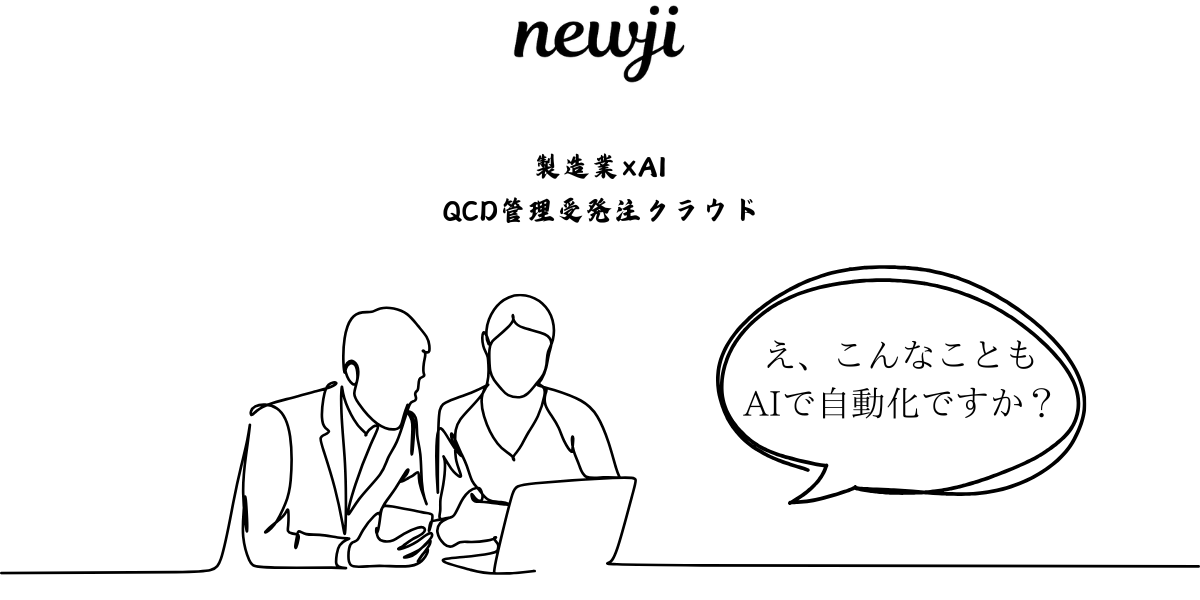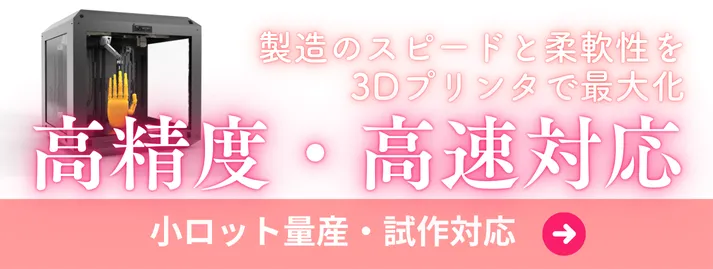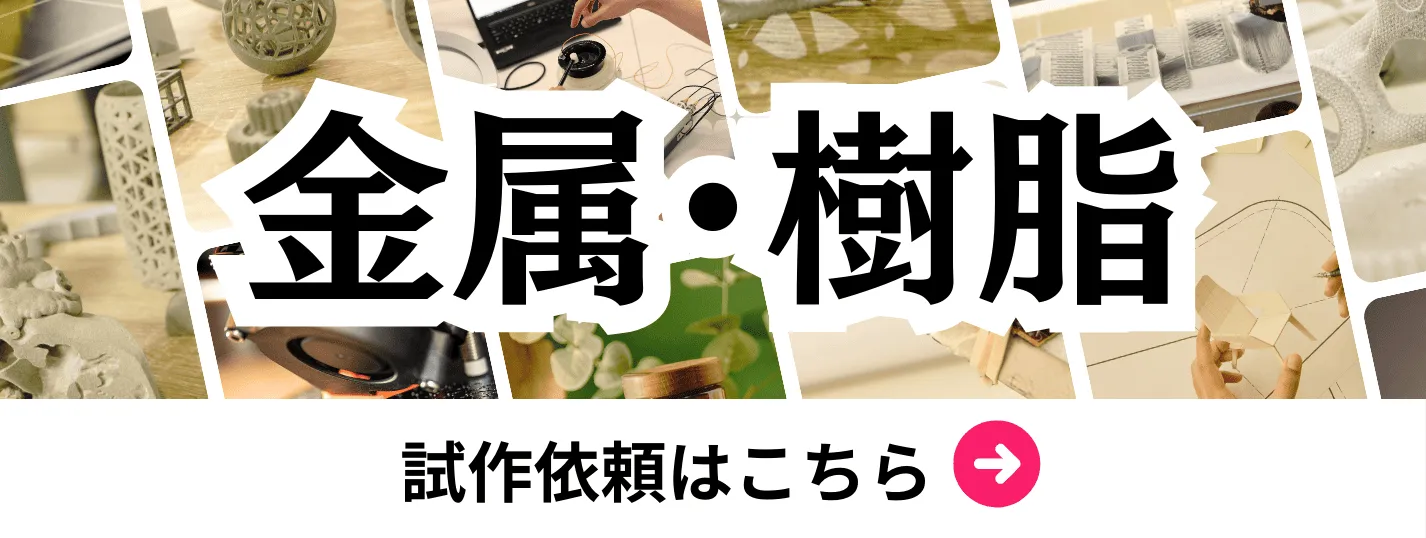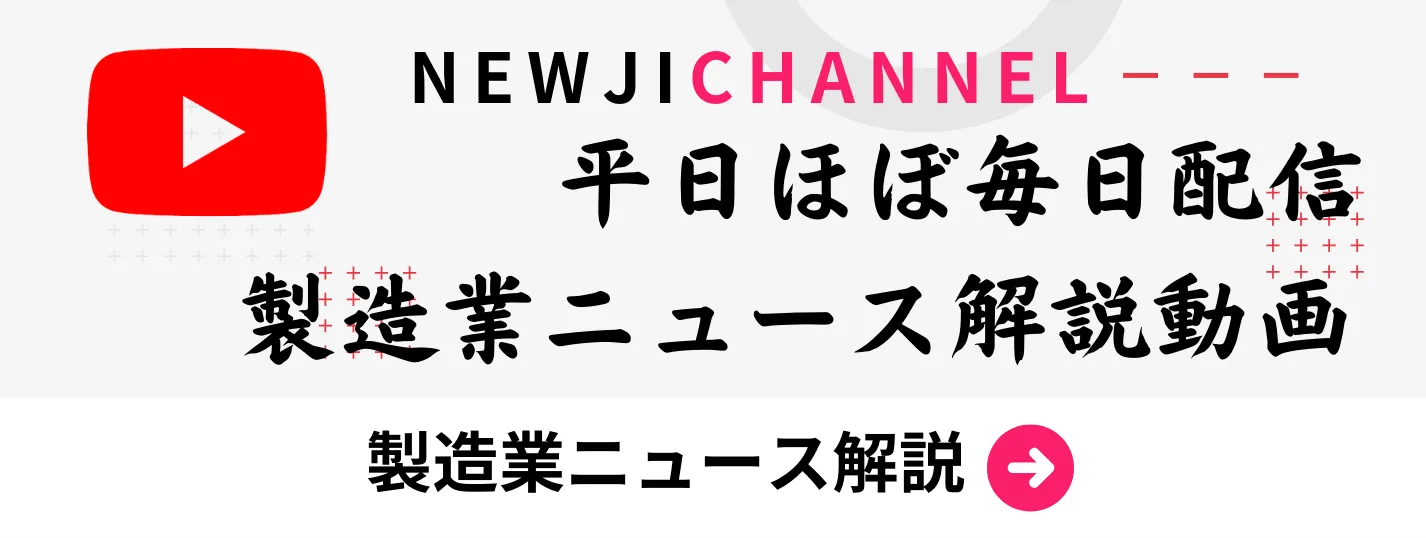- お役立ち記事
- Circuit creation technology using printing methods and its applications Printed electronics and the latest technology
月間76,176名の
製造業ご担当者様が閲覧しています*
*2025年3月31日現在のGoogle Analyticsのデータより

Circuit creation technology using printing methods and its applications Printed electronics and the latest technology

目次
Introduction to Printed Electronics
Printed electronics is a rapidly evolving field that’s transforming the way we create circuits and devices.
By using printing methods, we can create electronic circuits on a variety of substrates, including flexible and lightweight materials.
This innovation opens up exciting possibilities for new applications and products that were previously unimaginable.
Printed electronics is not just about convenience and cost-effectiveness; it also paves the way for the future of electronic design and manufacturing.
The Basics of Circuit Printing
Circuit printing, at its core, involves depositing conductive materials onto a substrate in a manner similar to conventional printing techniques.
This can be done using inks that contain conductive particles such as silver, carbon, or copper.
These inks are then printed onto a substrate like plastic, paper, or even fabric.
The methods used for these processes include screen printing, inkjet printing, gravure printing, and flexographic printing.
Each technique has its own unique advantages and is chosen based on the specific requirements of the device being manufactured.
Screen Printing
Screen printing is one of the most common methods used in printed electronics.
It involves pushing ink through a stencil or screen onto the substrate.
This method is ideal for producing thick, robust layers necessary for certain types of circuits.
Its ability to handle high-viscosity inks makes it suitable for creating durable, long-lasting electronics.
Inkjet Printing
Inkjet printing offers a more versatile approach, allowing for finer, more precise designs.
It works by depositing small droplets of ink onto the substrate without any contact.
This makes inkjet printing suitable for producing detailed and intricate patterns necessary for certain high-resolution applications.
Its versatility makes it ideal for prototyping and small-scale productions.
Gravure and Flexographic Printing
Both gravure and flexographic printing are high-speed, roll-to-roll processes suitable for mass production.
Gravure printing involves engraving the desired pattern into a metal cylinder, which is then inked and transferred onto the substrate.
This method is known for its ability to produce high-quality images.
Flexographic printing, on the other hand, uses flexible plates and is widely used for packaging and labeling.
Both methods are efficient for large-volume production runs, making them vital for commercial-scale applications in printed electronics.
Applications of Printed Electronics
The flexibility, cost-effectiveness, and adaptability of printed electronics have led to their adoption in various industries.
This technology is unlocking new possibilities across sectors, including wearable technology, healthcare, automotive, and smart packaging.
Wearable Technology
Printed electronics plays a crucial role in the development of wearable technology.
Flexible circuits can be printed on textiles to create smart clothing that monitors vital signs or tracks physical activity.
These innovations have the potential to transform the healthcare industry by providing continuous, real-time health monitoring.
Healthcare
Beyond wearables, printed electronic sensors are being used in medical diagnostics and e-health solutions.
They enable the creation of disposable or reusable biosensors that are cost-effective and easy to manufacture.
This technology can be used for glucose monitoring, temperature sensing, and even in smart bandages that monitor wound healing.
Automotive Industry
In the automotive industry, printed electronics are used to create smart surfaces and interiors.
Flexible printed circuits integrated into vehicle dashboards or upholstery can provide interactive displays and controls.
They are also employed in the development of lightweight, efficient electronic systems for electric vehicles.
Smart Packaging
Smart packaging is another exciting application of printed electronics.
By incorporating printed circuits into packaging, companies can add interactive features such as sensors or displays.
This can enhance consumer engagement, improve product tracking, and ensure authenticity.
Cutting-Edge Developments in Printed Electronics
The field of printed electronics is continually evolving, with researchers and developers pushing the boundaries of what’s possible.
Recent advancements include the development of more conductive and environmentally friendly inks, as well as substrates that offer enhanced performance and sustainability.
Additionally, hybrid printing techniques that combine more than one method are becoming increasingly common, offering even more precision and efficiency.
Environmentally Friendly Inks and Substrates
The move towards sustainability has driven the development of inks and substrates that are less harmful to the environment.
These new materials are designed to be biodegradable or recyclable, reducing the environmental impact of electronic waste.
This is particularly important as the demand for printed electronics devices continues to grow.
Flexible and Stretchable Electronics
Flexibility and stretchability are becoming critical features for next-generation printed electronics.
Researchers are developing materials that can withstand repeated stretching and bending without losing functionality.
These innovations hold great promise for applications in wearable devices and implantable medical technologies, where electronics must conform to dynamic and irregular surfaces.
Conclusion
Printed electronics is driving a revolution in electronics manufacturing and design.
By leveraging various printing methods, we can create circuits that are flexible, cost-effective, and suitable for a wide range of applications.
From wearable technology to smart packaging, the potential applications are vast and growing.
As technology continues to advance, printed electronics will likely play an integral part in shaping the future of technology across numerous sectors.
 資料ダウンロード
資料ダウンロード
QCD管理受発注クラウド「newji」は、受発注部門で必要なQCD管理全てを備えた、現場特化型兼クラウド型の今世紀最高の受発注管理システムとなります。
 ユーザー登録
ユーザー登録
受発注業務の効率化だけでなく、システムを導入することで、コスト削減や製品・資材のステータス可視化のほか、属人化していた受発注情報の共有化による内部不正防止や統制にも役立ちます。
 NEWJI DX
NEWJI DX
製造業に特化したデジタルトランスフォーメーション(DX)の実現を目指す請負開発型のコンサルティングサービスです。AI、iPaaS、および先端の技術を駆使して、製造プロセスの効率化、業務効率化、チームワーク強化、コスト削減、品質向上を実現します。このサービスは、製造業の課題を深く理解し、それに対する最適なデジタルソリューションを提供することで、企業が持続的な成長とイノベーションを達成できるようサポートします。
 製造業ニュース解説
製造業ニュース解説
製造業、主に購買・調達部門にお勤めの方々に向けた情報を配信しております。
新任の方やベテランの方、管理職を対象とした幅広いコンテンツをご用意しております。
 お問い合わせ
お問い合わせ
コストダウンが利益に直結する術だと理解していても、なかなか前に進めることができない状況。そんな時は、newjiのコストダウン自動化機能で大きく利益貢献しよう!
(β版非公開)









